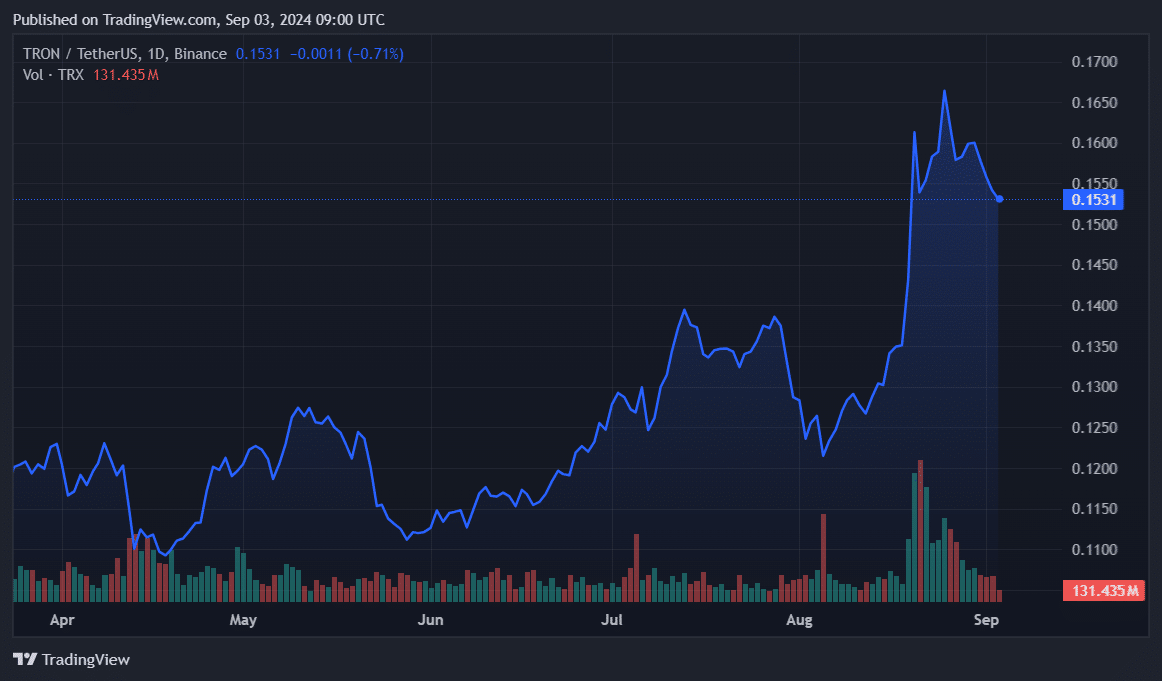Marking a significant milestone in global diplomacy, India and the United Arab Emirates (UAE) have recently inked a groundbreaking $3 billion agreement. This monumental development is not just about the colossal sum; it symbolizes the burgeoning synergy between the two nations, especially poignant as the UAE celebrates its new membership in the BRICS alliance.
The Essence of the Agreement
Delving into the specifics, this pact isn’t just about money changing hands. It’s a multifaceted agreement focusing on the development of new port terminals and economic zones within India. This move is a strategic chess piece in the grand game of international cooperation, promising to bolster the Indian state’s infrastructure and economic prowess.
The UAE, freshly inducted into the BRICS bloc, is playing its cards right. This deal with India is a testament to their assertive diplomacy, marking a new chapter in their bilateral relations. It’s not just a transaction; it’s a transformative partnership poised to reshape economic landscapes.
India, on its part, is no novice in the game of international alliances. The nation’s Prime Minister, Narendra Modi, alongside UAE President Mohamed bin Zayed Al Nahyan, has been instrumental in steering this partnership. Their recent meeting is just the latest in a series of strategic interactions, underscoring a rapidly evolving relationship.
This union isn’t confined to port development. It extends into realms like food processing and renewable energy, showcasing a comprehensive approach to bilateral cooperation. This isn’t just about economic gain; it’s about sustainable growth and mutual development.
A Step Towards a New Economic Era
This agreement isn’t happening in isolation. It’s part of a broader narrative where BRICS nations are gradually moving away from traditional economic dependencies. A landmark decision by India and the UAE to settle oil trades in their local currencies, bypassing the US dollar, is a bold statement. It’s a move that doesn’t just impact these two nations but sends ripples across the global economic order.
The BRICS bloc, with its expanding roster, is poised to introduce its currency. The UAE and India’s partnership could be a stepping stone towards this monumental shift. The introduction of a BRICS currency isn’t just a new monetary tool; it’s a challenge to the current economic hegemony.
Countries like Saudi Arabia and Iran, recent additions to BRICS, bring significant financial muscle to the table. Their involvement could accelerate the development of this new currency, challenging the dominance of the US dollar in international trade.
Analysts and pundits may have varying opinions on the implications of this potential new currency. But one thing is clear: it’s a hot topic within the BRICS alliance, and its introduction could redefine global trade norms.
The BRICS currency, still a topic of intense discussion and planning, may not see the light of day in 2024. However, with the momentum gained from agreements like the India-UAE pact and the growing dissatisfaction with existing economic structures, its debut might be sooner than we think.
In essence, the $3 billion agreement between India and the UAE is more than just a financial transaction. It’s a reflection of shifting global alliances and the birth of new economic paradigms. As these two nations forge ahead with their ambitious plans, the world watches with bated breath, anticipating the ripple effects of this bold move in the international arena.





